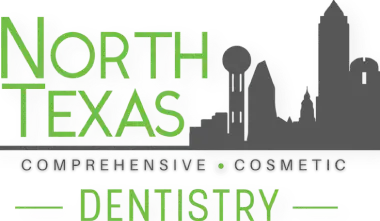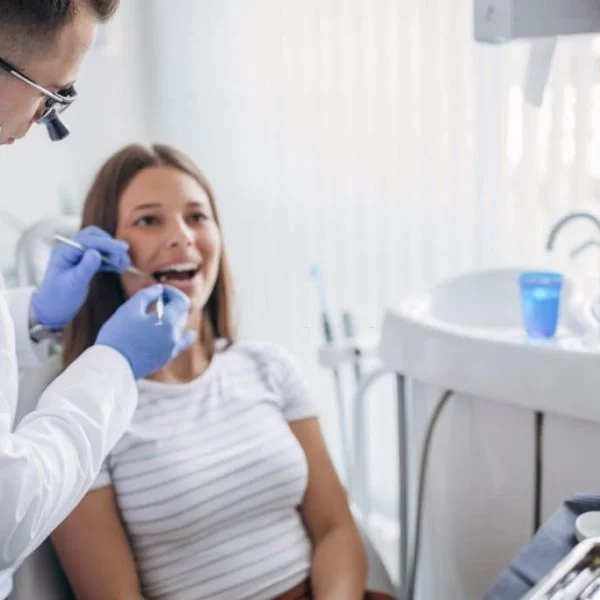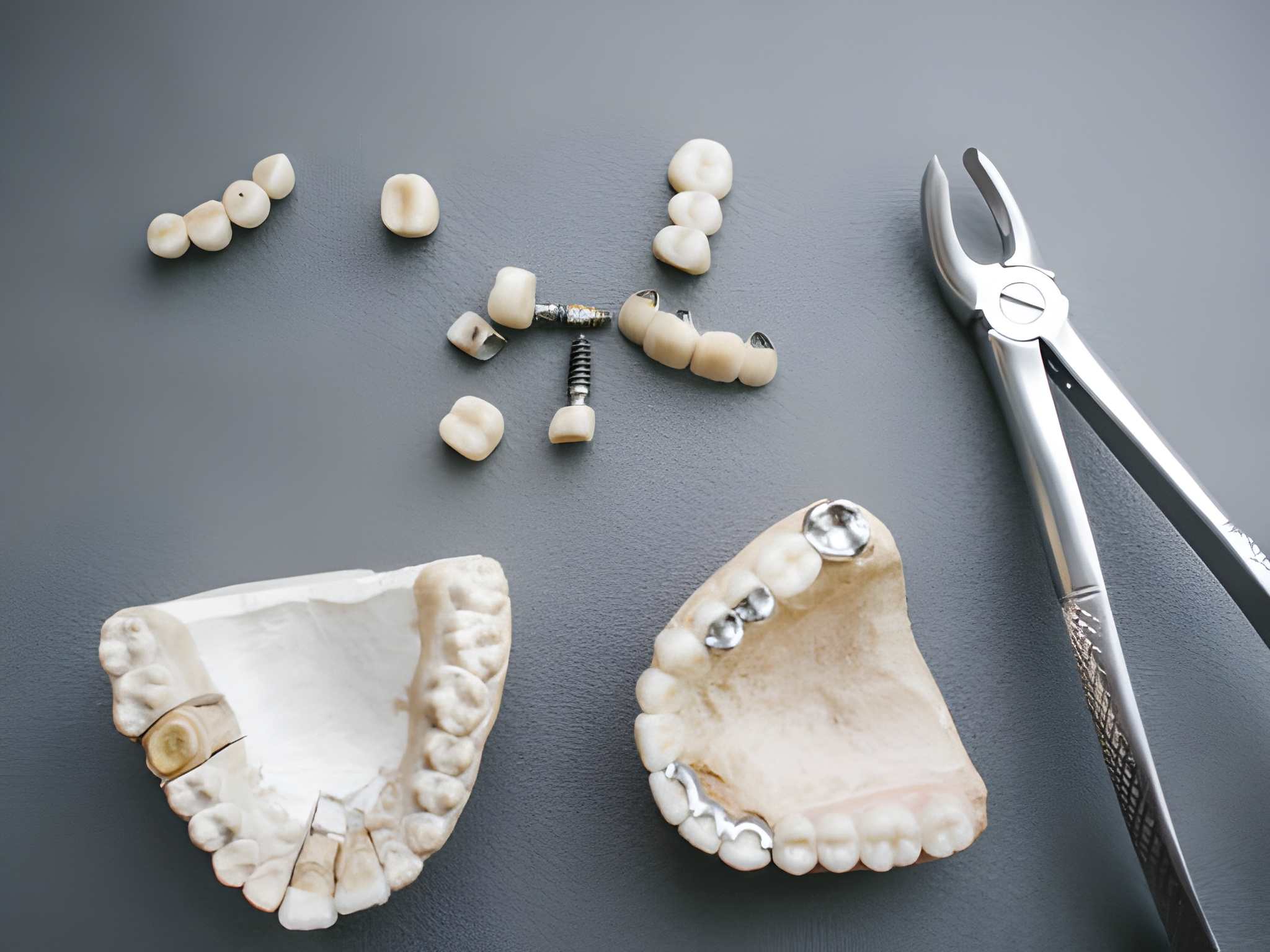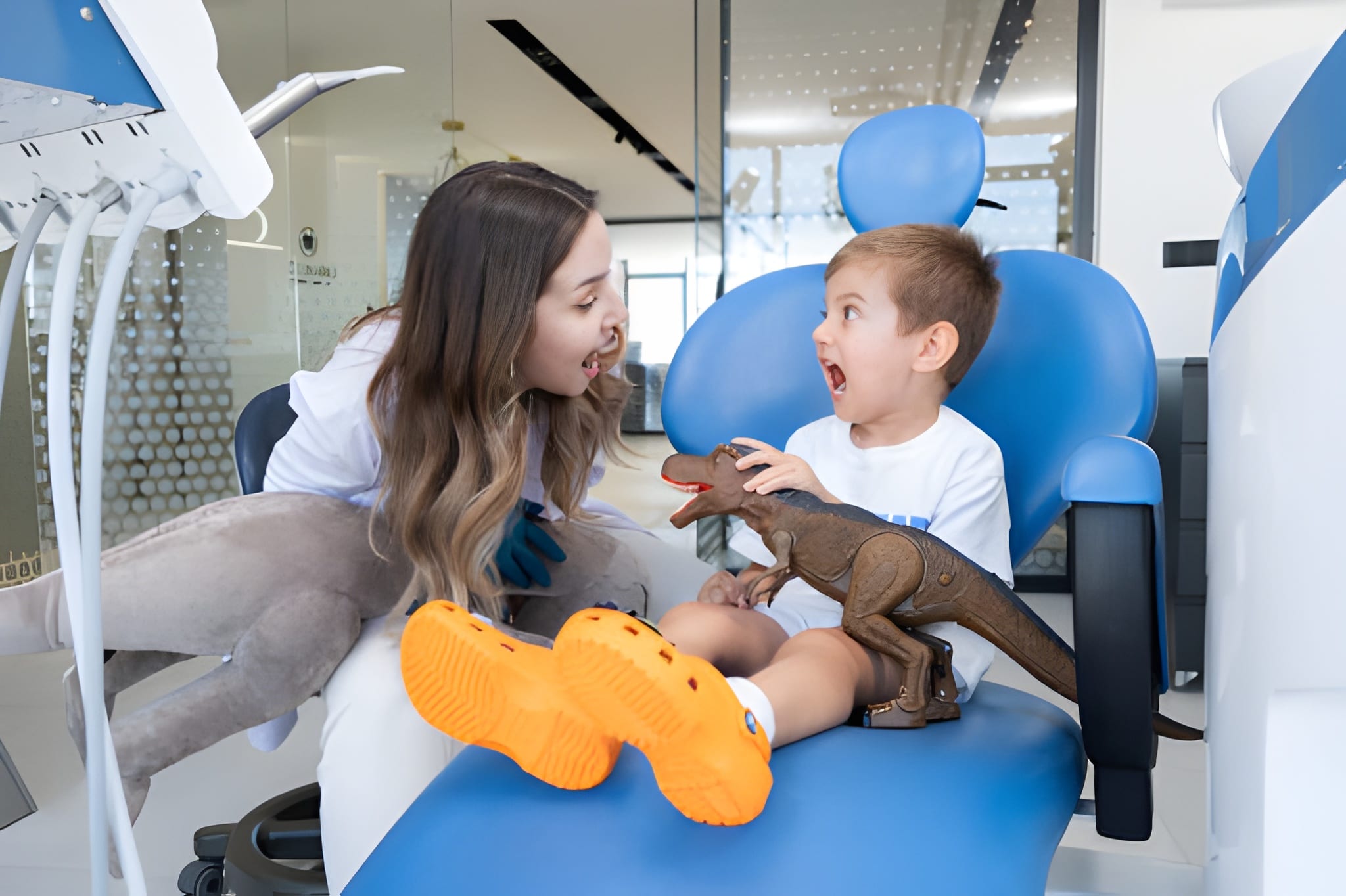There’s a widespread rumor that orthodontic dental treatments are limited to teenagers. Sadly, however, it’s not!
Today, more than ever, adults are getting braces to fix their orthodontic problems. Stats suggest that over 4 million Americans use braces.
Looking at such staggering numbers, you might wonder what an orthodontist does. Or, what is an orthodontic treatment all about?
Don’t worry; we’ve got you covered. This guide will explain everything you need to know about orthodontic care and the professionals practicing it. Continue reading as we move into the details in the following sections.
Orthodontics: A New Approach To Re-define Oral Health
The American Association of Orthodontics defined orthodontics as the area of dentistry concerned with the supervision, guidance, and correction of the growing and mature dentofacial structures.
The orthodontic procedure includes conditions requiring teeth movement or correction of gaps between and among teeth and facial bones by applying forces or stimulating and redirecting the functional forces within the craniofacial complex.
And Who Are Orthodontists?
An orthodontist is a dental specialist specializing in diagnosing, preventing, and treating facial and dental irregularities. Their services are primarily focused on correcting misaligned teeth and jaws.
They are highly trained professionals with expertise in orthodontics treatment, a branch of dentistry that deals with the alignment and positioning of teeth and jaws to improve a person’s oral health and appearance.
Role Of An Orthodontist In Our Lives
There are several ways in which an orthodontist in Garland, TX, adds to your oral health. This section explores some key responsibilities of an orthodontist that you must know:
Diagnosis of Orthodontic Issues
Orthodontists use various diagnostic tools, such as X-rays, photographs, and dental impressions, to assess the alignment of a patient’s teeth and jaws.
Treatment Planning
After diagnosing the issue, orthodontists develop customized orthodontics services
tailored to each patient’s needs. These plans may involve the use of orthodontic appliances like braces, aligners, retainers, or other devices.
Correcting Bite Issues
Orthodontists address issues with bite alignment, such as overbites, underbites, crossbites, and open bites, to improve the functioning of the jaw and ensure that the teeth come together properly when biting and chewing.
Braces and Appliances
Orthodontists are skilled in applying and adjusting braces and other orthodontic braces to move teeth into their natural position. They monitor the progress of treatment and make adjustments as needed.
Aligner Therapy
Many orthodontists also offer orthodontic procedures using clear aligners like Invisalign, which are removable and less conspicuous than traditional braces. They design and oversee the use of these aligners to achieve the desired results.
When To Visit An Orthodontist?
There can be various reasons that call for urgent orthodontic care. In this section, we’ve listed some of these conditions to help you streamline your options.
-
Prognathism
Also known as underbite, it happens when the lower teeth overlap the upper teeth. It can be a mild underbite where the two rows of teeth almost meet or a case where teeth don’t meet because the gap is wide.
Cause: Misalignment of the lower jaw usually present at birth.
-
Overbite
Also known as a deep bite, the upper teeth protrude further than the lower teeth and might completely cover them.
Cause: This can be hereditary, and a malformed jaw can also cause it. An underdeveloped lower jaw or an overdeveloped upper jaw results in overbite. Specific habits in children, such as thumb-sucking and prolonged bottle feeding, tongue thrusting, or chewing on foreign objects, can also form an overbite.
-
Crowding:
It can be characterized as an inconsistency between tooth size and arch dimension.
Cause: Occurs due to the absence of coordination between tooth size and arc dimension, which results in positioning the teeth on each other.
-
Spacing:
Also known as Diastema refers to gaps or space between teeth, which results in the teeth not fitting in the jaw normally. It is most noticeable in the upper front teeth but can be anywhere in the mouth.
Cause: Genetics, jaw bone size, teeth size, gum disease, or habit of thumb sucking.
-
Open Bite
It occurs when the upper and lower teeth do not meet after closing the teeth.
Cause: Passes on by genetics. It usually corrects itself over time and doesn’t persist into adulthood. This can result in speech hindrance. It can also be if you have a Temporomandibular joint problem.
Based on the severity of your oral problem, your dentist will suggest different treatment options. Here are some of the standard treatment options used by other orthodontist dentists in Garland, Texas
| Treatment Option | Highlight Of The Treatment |
| Traditional braces |
|
| Ceramic Braces |
|
| Invisalign Clear Aligners |
|
| Functional Appliances |
|
| Palatal Expanders |
|
Conclusion
Visiting an orthodontist dentist could be a life-changing decision for you! These professionals revamp your smile and help boost your confidence in new, better ways.
So now that you have an idea of the possibilities of the treatment, what are you waiting for? Research your clinic’s dental savings plan and embrace the smile.
Matching Smiles With Quality Services
At North Texas Family & Cosmetic Dentistry, we offer unmatched treatment options backed by quality services. Our professionals have years of experience in orthodontist services, making us the #1 option in Garland, TX. Visit our clinic or book an appointment today.





